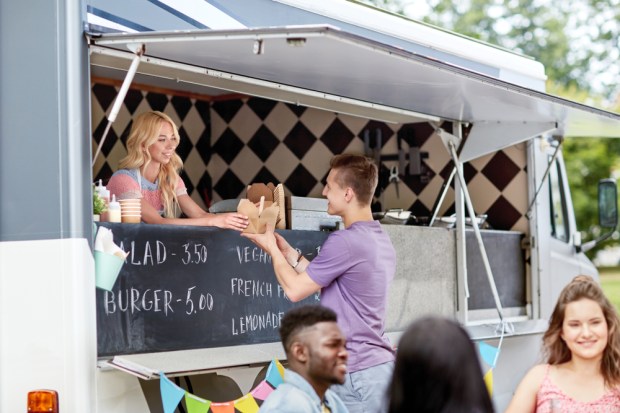Food For Thought In Food Service Payments

Chew on this: Food service businesses of all types demand fast and flexible payments, tackling issues as far flung as mobile order ahead and millennials. Tech and demographics are changing the way we eat.
Matt Dye, director of business development at First American Payment Systems, said that in talking about food services there are several ways to get meals to the masses.
“There are numerous restaurant and food service models,” he noted. But when it comes to offering merchant payment solutions, he told PYMNTS, “Basically, no one size fits all. It’s not that certain restaurant types are easier or more difficult from a payments perspective. It’s that customized features really matter.”
Business models are flexible, indeed — and in some cases, the lines are blurring, too, across payments.
The customization of payments services — eyeing everything from card processing across credit and debit to security such as EMV chips and various backend functions — takes into account what these outfits need at any given time, with the ability to scale as the business grows.
Now add DoorDash and other ordering delivery options like Uber Eats, and, for restaurants, new considerations emerge. Dye stated these platforms can account for anywhere between 5 and 20 percent of a large restaurant’s business.
“The philosophy is that those tools are right,” he said. “But they don’t incorporate a lot of the good old-fashioned back-office reporting that analyzes your financial status. So, a lot of these restaurants don’t even know” whether the food that they are shipping, plus the additional cost of using a delivery service, is at a break-even or profitable status. “Those are the things that are going to have to be addressed in the short term,” he told PYMNTS. You can find out what other things need to be addressed here.
